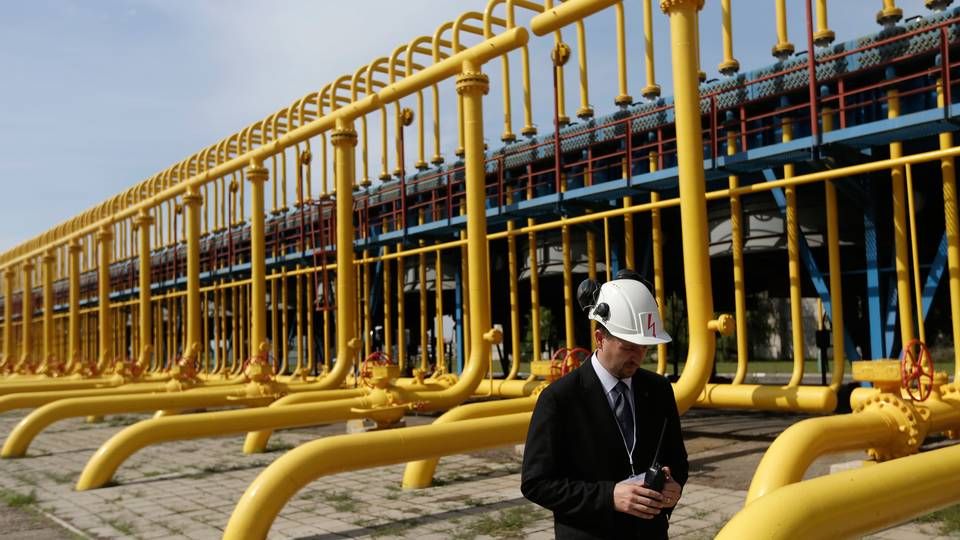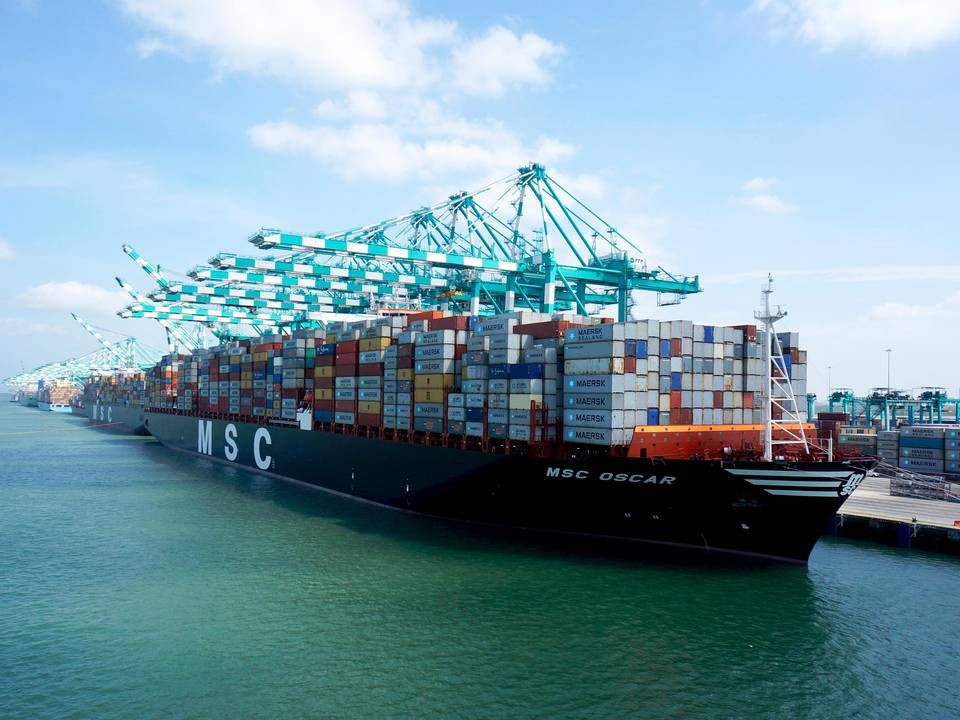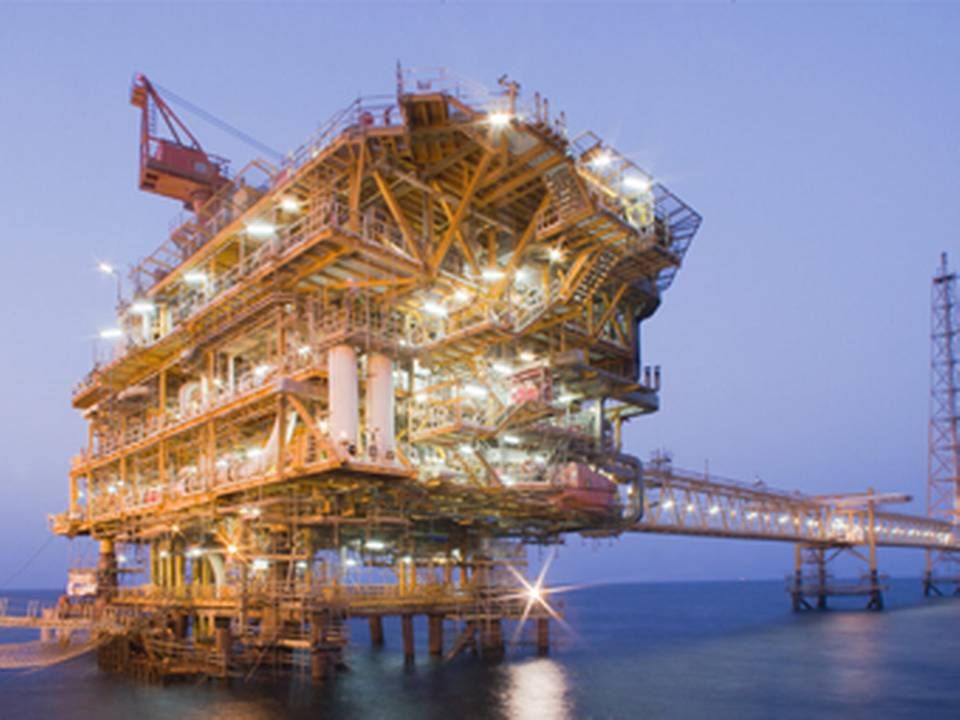Evergas: Three big challenges in trading with Iran

It may be a long time before Iran's gas export is completely back on track, two gas carriers tell ShippingWatch. Because in spite of good will from both the Iranian theocracy and the Danish carriers, there are still some hurdles which need to be overcome if gas carriers such as Evergas and Lauritzen Kosan are to sail out of Iran loaded with gas cargo from the world's second-largest deposits.
ShippingWatch reviews the three biggest hurdles to the export being resumed.
The first challenge is a matter of payment.
During the sanctions, the Iranian banking system has been cut off from the Western world, and so the banks have not had the opportunity to receive and clear payments in dollars or euros, nor use SWIFT (Society for Worldwide Interbank Financial Telecommunication). This means that the country's financial infrastructure is currently not fully developed, explains Andrew Christian McPhail, Vice President of Evergas.
"The payment barrier is one of the greatest challenges in trade with Iran as well as export of Iranian gas. The challenge is big, and basically one could say that the incentive for export is currently non-existent without any possible payment. However, I know that work is being done to find a quick solution at the international level so that trade can be initiated with Iran," Andrew Christian McPhail tells ShippingWatch.
According to ShippingWatch's information, the Danish Foreign Ministry is involved in the work to set up bilateral agreements that can open up for trade between Denmark and Iran.
It is worth mentioning that the Danish Minister for Foreign Affairs, Kristian Jensen, headed a delegation of business people from companies including Evergas and Lauritzen Kosan, that visited Iran recently. The Danish Shipowners' Association was also part of the delegation.
Insurance clubs to evaluate the risk
In coming months, according to Andrew Christian McPhail, it will not be possible for Evergas to insure its vessels through the international insurance agencies for calls at ports in Iran. The carrier's insurance package includes US insurance companies, which need time to evaluate Iran.
"I am certain that Iranian business will be accepted over time under the same conditions as trade with other countries in the same region. But in spite of the sanctions being lifted, we will not be calling in Iran until the insurance is settled. We can not - and will not - run that risk," he says.
With the assets being as expensive as equipment and the vessels used in the gas sector are, Andrew Christian McPhail does not expect that Evergas will be calling in Iran any time soon. He does, however, acknowledge that there are plans at the international P&I clubs for the regulations to be revised in coming months.
But even after that, it may be a long time before gas is gushing through the pipes into the Danish ships.
Infrastructure needs some final touches
The last hurdle, which may also be the most time-consuming to overcome, is the lack of infrastructure in the region.
"The gas facilities are less maintained some places and a little older, as Iran has only exported small quantities during the sanctions. Meanwhile, Iran's export facilities have run with a small utilization rate that they can boost when demand allows it," he says.
The dormant facilities are also recovering with the development in the oil price.
"When the oil price was high about 18 months ago, the refineries worked at a 60 percent load. The utilization rate was relatively low, because the high price meant a low demand. Now the price is low, so the utilization rate has gone up - but they are operating on an extremely low flame," says Andrew Christian McPhail. He notes that Iran has continued to export to India and Japan, for instance, but that the facilities need an overhaul before they can export to the US and the EU as well.
"But you also need time to get the facilities up and running as they are very large and complex. It takes time to review, examine and bring them back up to speed. It is a major task to get this settled, but the facilities contain great opportunities for international suppliers, now that they have been approved to sell their service to Iran," he says and adds:
"There is a lot of political attention to this matter. In six months, the facilities will be running relatively well," he tells ShippingWatch.
Various terminals and facilities are suffering from a lack of investments, so it is anticipated that the facilities also need a technological overhaul, he projects.
Pipelines compete with carriers
Leading up to the implementation of the sanctions in 2012, Iran exported practically all of the country's gas, with help from Lauritzen Kosan among others. At the time, Lauritzen had ten vessels sailing exclusively with ethylene from Iran.
When the sanctions took effect, Iran had to direct the gas away from the export destinations and into the country, where an up-to-date manufacturing industry was eventually established, which could convert the gas into consumer products.
As Thomas Wøidemann, President of Lauritzen Kosan, says to ShippingWatch:
"One of our biggest competitors is the pipelines. Iran has spent a lot of time getting their pipelines from the place,where we load and out to the neighboring countries. The pipelines are now finished and they are taking a portion of the gas that we could be sailing with. Meanwhile, they have pipelines into the country now, so that they can use the gas themselves instead of exporting it."
Furthermore, time has taken its toll on the Iranian export facilities. Partly, because they have been cut off from receiving specialized spare parts, from the West for instance, but also because - from a business point of view - there has been no incentive to keep the export facilities in prime condition.
"It's tough to say that they are not maintained. But some spare parts are only available very few places in the world. And they have not been able to get these parts while the sanctions were in effect," says Thomas Wøidemann, who like Andrew Christian McPhail expects that some time may pass before the gas is flowing into the tanks on the vessels.
Thomas Wøidemann does not expect that the Iranian gas will flow into the market until the turn of the year 2016/2017, where, he explains, there will be more volume on the market. Hopefully also more than the tonnage which is expected to enter the fleet. Then it will be relevant to begin the first full-year contract after the sanctions have been lifted, he highlights.
General positive development
Iran will do whatever it takes to move the process along for exporting oil and gas, says Andrew Christian McPhail from Evergas.
"There is a lot of drive from Iran for the oil and gas export to become a success, and relatively quickly, because there is positive media attention," he says.
"We would like to see a combination of insurance, that payments can be made, and that the infrastructure is functional. When we arrive at a terminal and get what we need on board - and the port agents as well as the set-ups are working - then we will be happy," he says.
Clarksons Platou: Iran accord could boost tanker rates by USD 15,000
Related articles
Maersk waits while competitors are in full swing in Iran
For subscribers
Iran aims for one tenth of the global gas market
For subscribers





















